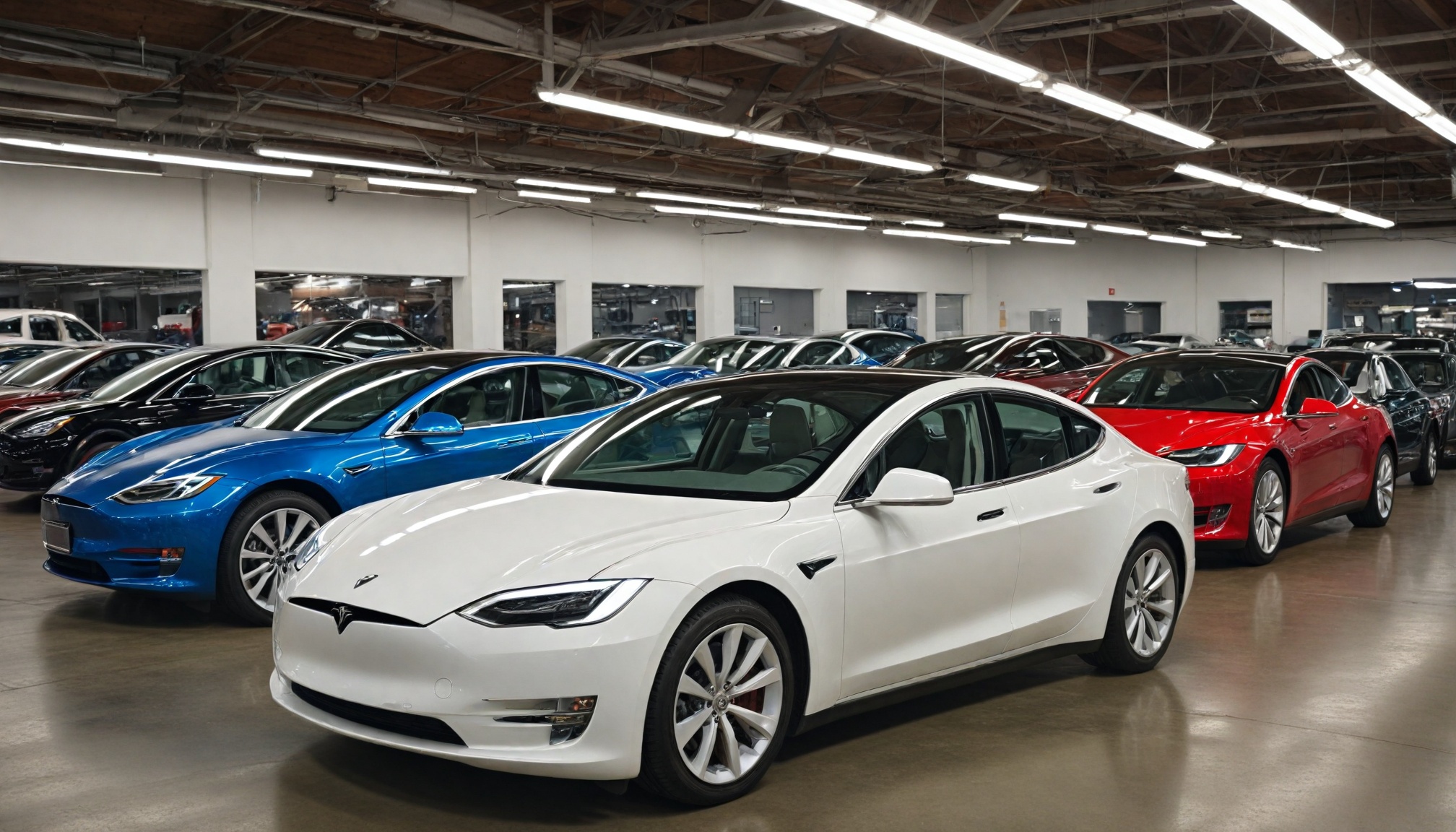
Tesla's market share falls to 44% as hybrid sales surge 44.1%. New EV hotspots emerge beyond California while affordable models drive mainstream adoption.

Drivetech Partners
The American electric vehicle landscape is rapidly transforming in 2025, with traditional automakers challenging Tesla's once-dominant position and hybrids experiencing remarkable growth. The market shows signs of maturation with 11.4% year-over-year expansion, while revealing significant shifts in consumer preferences and manufacturer strategies that signal the industry's evolution beyond early adoption phase.
Key Takeaways
Overall U.S. EV market grew 11.4% year-over-year in early 2025, while Tesla's market share dropped to 44% from 51% a year ago
Hybrid vehicle sales surged by 44.1% year-over-year, significantly outpacing fully electric models
New "EV hotspots" are emerging beyond California in states like Texas, Florida, and New York
Mass-market EVs like the Chevy Equinox starting at $34,000 are driving mainstream adoption
The U.S. needs approximately 9.6 million charging points by 2030 to support projected 18.7 million EVs
Tesla's Declining Dominance Signals Market Maturation
The EV market's pioneer is facing unprecedented challenges in 2025. Tesla's U.S. sales dropped 8.6% year-over-year in Q1, falling 21% compared to 2023 figures. The company's market share has declined from 51% to 44% over the past year, slipping below 50% even in California, historically its strongest market.
Financial impacts have been substantial, with an $80 billion market value drop and 28% share price decline since early 2025, despite a 62.5% stock surge in 2024. Global delivery forecasts for 2025 remain between 1.95 and 2.08 million vehicles, reflecting slowed growth expectations.
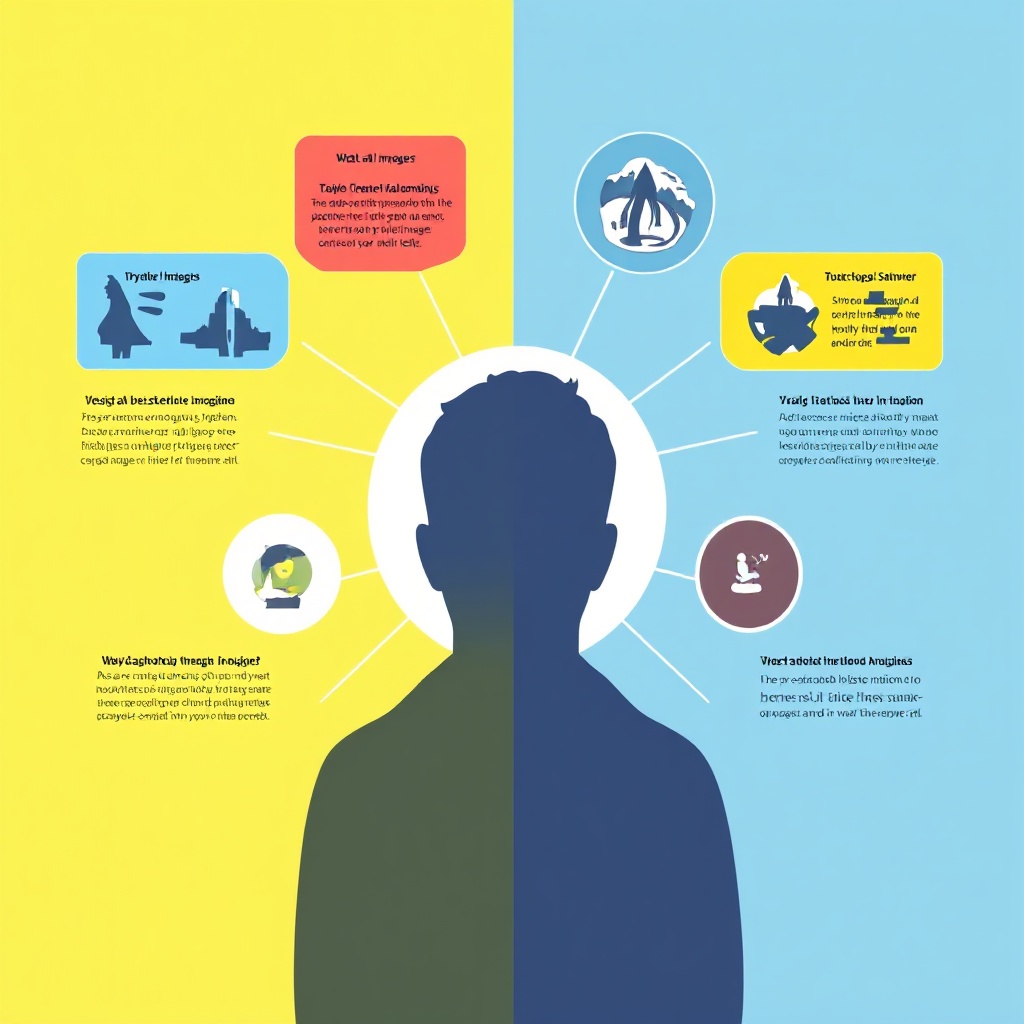
As Tesla struggles, traditional automakers are capitalizing on the opportunity. GM has achieved 94% sales growth and captured 11% market share in Q1 2025. European manufacturers are also making significant inroads, with Volkswagen doubling its EV sales and BMW achieving a 64% increase in Europe. Perhaps most concerning for established players, Chinese brands like BYD and Geely are rapidly expanding, with BYD already outselling Tesla in markets like Italy and Spain.
Hybrid Vehicles Surge as Pragmatic Alternative
The most surprising trend in 2025's evolving market is the remarkable growth in hybrid vehicle sales, which increased by 44.1% year-over-year. This significantly outpaces fully electric vehicle growth and reveals shifting consumer preferences.
This hybrid boom represents consumer pragmatism regarding charging infrastructure limitations. Toyota, Honda, and Ford are expanding their hybrid offerings to meet growing demand from customers seeking improved efficiency without the perceived limitations of fully electric vehicles.
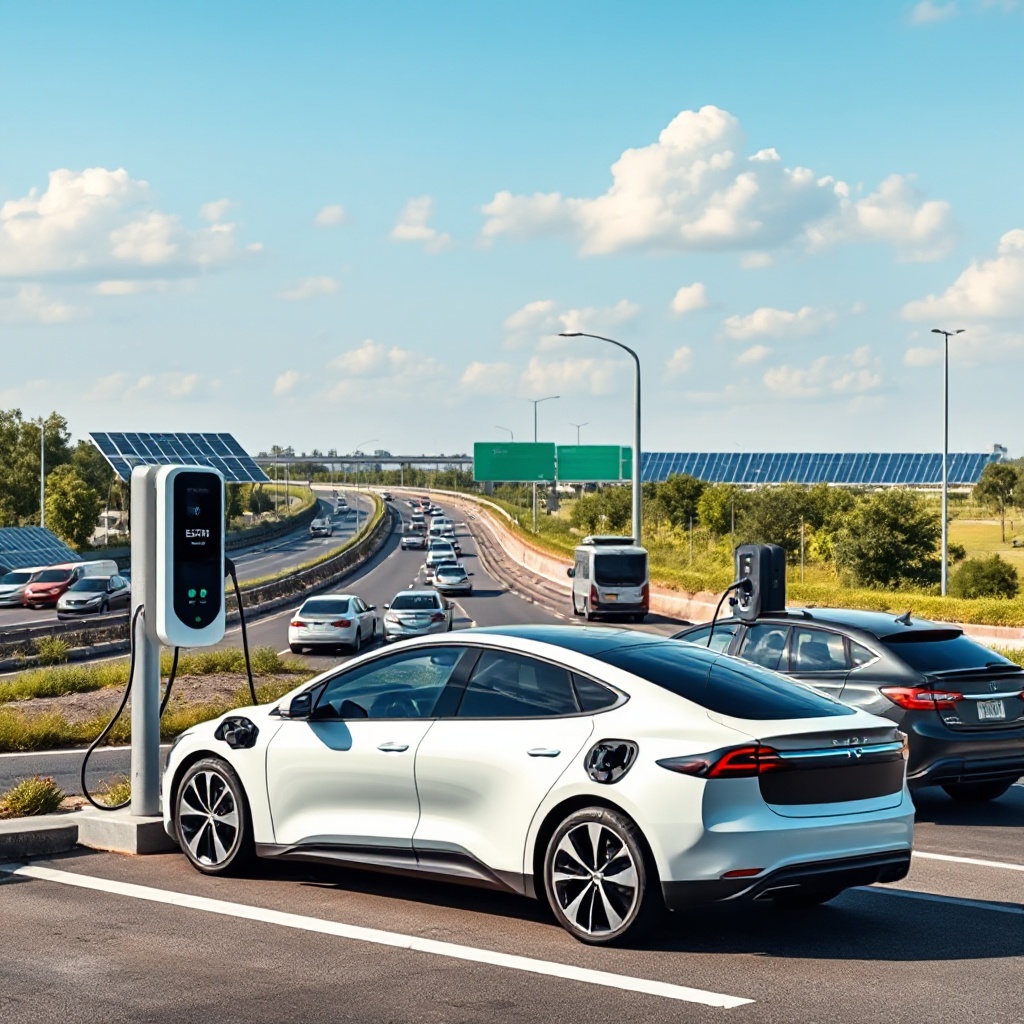
Hybrids serve as a transitional technology that addresses range anxiety concerns while still delivering significantly improved fuel economy. This suggests a two-track electrification approach is gaining favor with consumers who want efficiency without charging limitations, particularly in areas where charging infrastructure remains underdeveloped.
Geographic Diversification: New "EV Hotspots" Emerge
While California remains the largest EV market in the United States, significant growth is occurring in Texas, Florida, and New York. This expansion is driven by improved charging access and state-level incentives that make electric vehicle ownership more practical and financially attractive.
The Midwest and Southeast regions are experiencing increasing adoption rates as charging infrastructure expands beyond coastal urban centers. Rural areas are also benefiting from targeted infrastructure investments that address previous "charging deserts" that made EV ownership impractical.
This geographic diversification signals a more mature nationwide EV adoption pattern, extending beyond traditional coastal markets. As charging infrastructure continues to expand, the remaining barriers to adoption in these regions are steadily diminishing.
Mass-Market Models Driving Mainstream Adoption
Traditional automakers are increasingly targeting average consumers with affordable EVs that match the features and pricing of conventional vehicles. The Chevy Equinox EV starting at $34,000 represents a major pricing breakthrough that brings electric vehicles within reach of middle-class buyers.
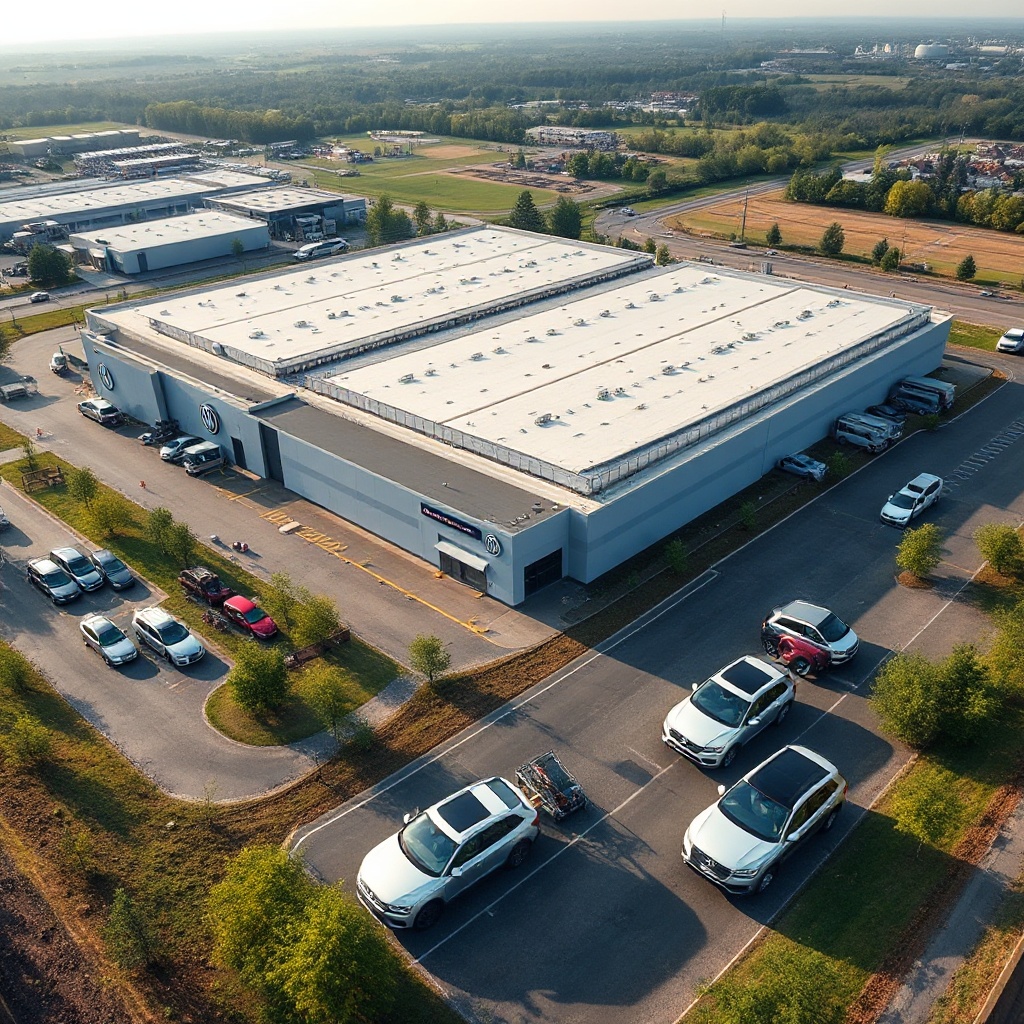
Key new models driving this mainstream adoption include:
Chevy Equinox EV
Ford Mustang Mach-E
Volkswagen ID.4
Hyundai Ioniq 5
BYD Atto 3
The price convergence with internal combustion engine vehicles is accelerating adoption among middle-class buyers who previously found EVs too expensive. Additionally, more practical body styles like crossovers and SUVs are replacing sedans as the dominant EV form factor, better matching American consumer preferences.
Charging Infrastructure Growth: Progress and Remaining Challenges
For the EV market to reach its full potential, significant charging infrastructure expansion is needed. The U.S. requires approximately 9.6 million charge points by 2030 to serve projected 18.7 million EVs. Current infrastructure as of mid-2024 includes 195,965 charging ports at 69,709 public and private stations.
Ultra-fast chargers (350 kW) are now enabling 80% charge in 20 minutes, dramatically improving the convenience factor for EV owners. Major investments are targeting "charging deserts" in rural and underserved urban areas where lack of charging options has limited adoption.
Public-private partnerships are advancing infrastructure buildout nationwide, with utility companies, automakers, and charging network operators collaborating to accelerate deployment. Despite this progress, the gap between current infrastructure and 2030 needs remains substantial, requiring continued investment and policy support.
Government Policy and International Trade Tensions
Federal tax credits, rebates, and grants continue to incentivize EV purchases and infrastructure development. However, potential tariffs on Chinese and European EVs are creating market uncertainty that could impact vehicle availability and pricing.
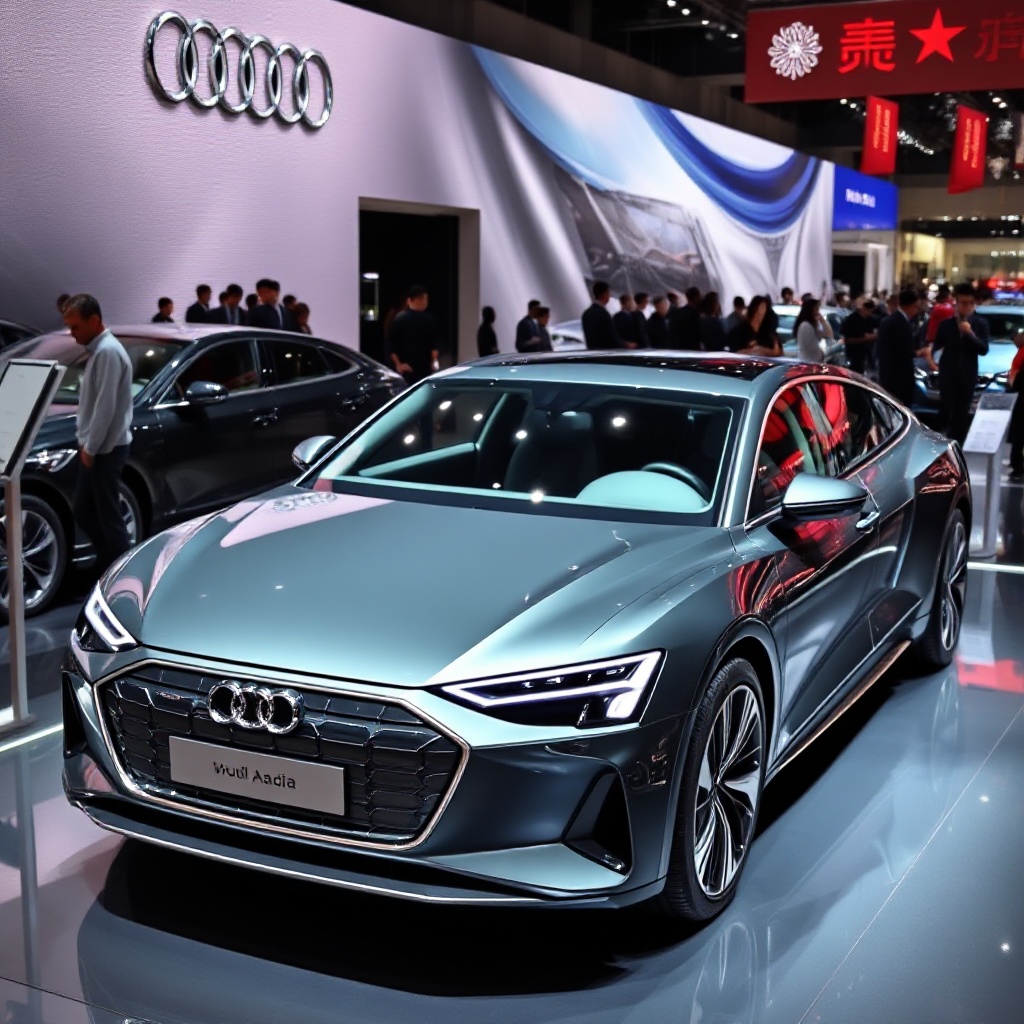
U.S. and European regulators are addressing concerns about state-subsidized foreign automakers, particularly from China, creating an uneven competitive landscape. Domestic content requirements for tax credit eligibility are reshaping supply chains, with manufacturers adjusting sourcing strategies to qualify their vehicles for incentives.
Battery production and critical mineral sourcing have become geopolitical considerations, with nations competing to secure supply chains for these essential components. This has accelerated domestic battery manufacturing investments in the United States.
Industry Consolidation and Strategic Partnerships
To manage the high costs of EV development, traditional automakers are forming alliances to share development costs and technology platforms. These partnerships allow companies to spread risk while accelerating their transition to electric vehicles.
Tech companies are entering the automotive space through software and autonomous driving partnerships, bringing new expertise and innovation to vehicle development. Charging networks are consolidating to improve user experience and network reliability, addressing a key pain point for consumers.
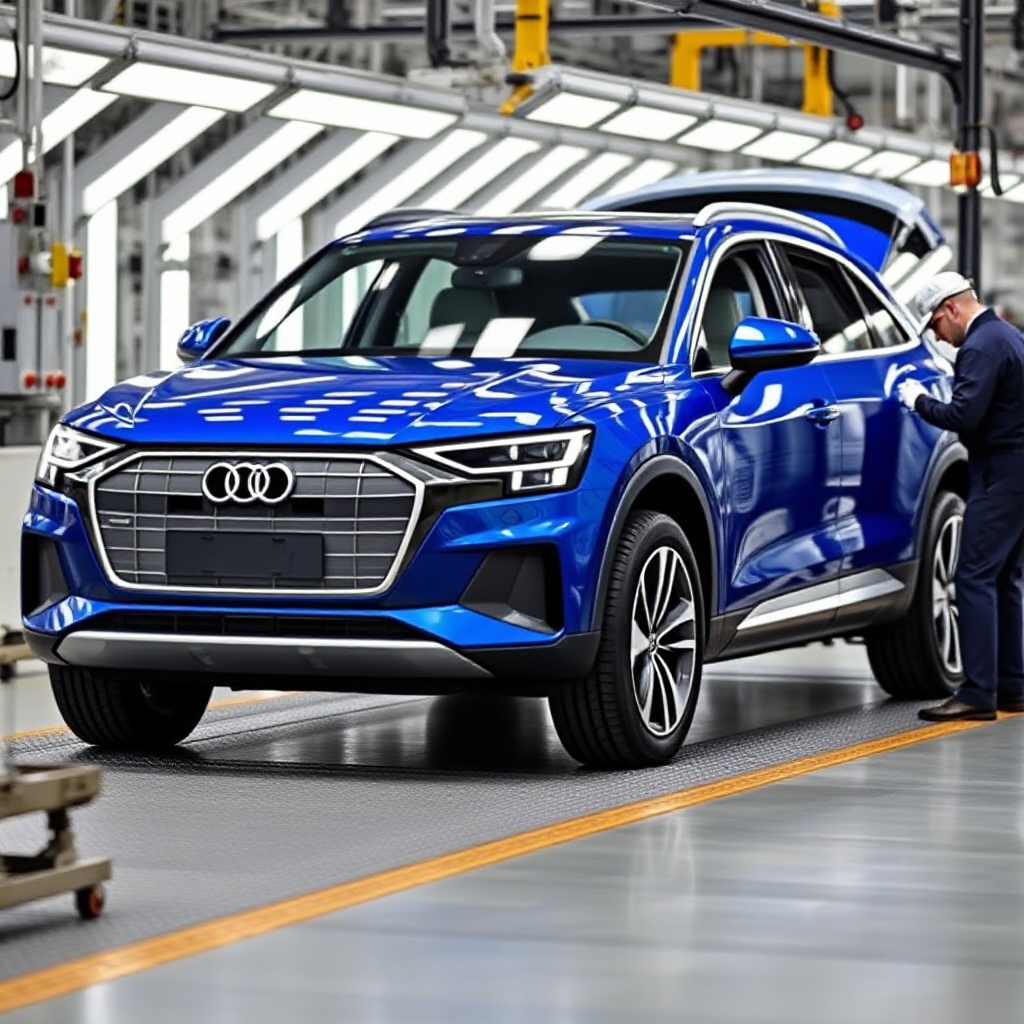
Battery manufacturers are expanding U.S. production capacity to meet domestic content requirements, creating new manufacturing jobs and reducing supply chain vulnerabilities. Vertical integration is increasing as companies secure battery materials and production capacity to ensure consistent supply and control costs.
Market Outlook: Competitive Landscape Transformation
Tesla's market leadership is being challenged by multinational competitors with superior manufacturing scale and extensive dealer networks. The key data points reflect this transformation: U.S. EV growth of 11.4% year-over-year, Tesla's share dropping from 51% to 44%, and hybrid sales increasing 44.1% year-over-year.
The charging infrastructure gap remains significant, with 9.6 million charge points needed by 2030 compared to the current 195,965 ports. GM's capture of 11% U.S. EV market share in Q1 2025 demonstrates how quickly the competitive landscape is evolving.
New pricing dynamics with affordable options are reshaping buyer demographics, bringing EVs to a broader audience. Chinese manufacturers remain poised for significant U.S. market entry despite tariff threats, potentially disrupting established brands with competitive pricing and innovative features.
As the market continues to mature, I expect to see further consolidation among manufacturers, continued price competition, and accelerated charging infrastructure deployment that will collectively drive the next phase of EV adoption in the United States.
Sources
247wallst.com - Wall Street Price Prediction: Tesla's Share Price Forecast for 2025
coxautoinc.com - EV Market Monitor – March 2025
businessinsider.com - Tesla Sales Slump Automakers Winning GM VW BYD
visualcapitalist.com - Charted: Tesla's 2025 Sales Slump
universalevcharging.com - Top 5 Trends Shaping EV Charging in 2025


